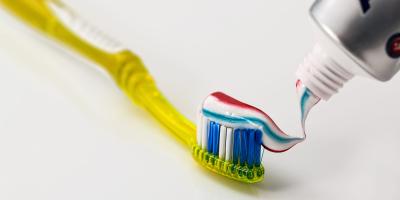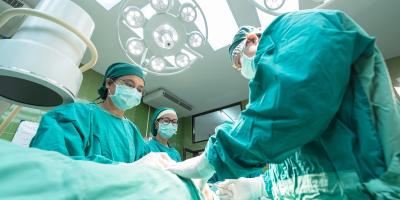Teaching antenatal classes to prepare mothers-to-be for childbearing, and - after the child is born - making home visits to assess the condition of the mother and the child and to provide assistance to the family in the new situation - these are the primary responsibilities of midwives.
Starting from the 21st through to the 31st week of pregnancy primary-healthcare midwives provide pregnancy care in the form of home visits once a week, and from the 32nd through to the delivery - up to two times a week.
After the birth a midwife takes care of the newborn until it is over two months of age, and of the woman in her postpartum period, carrying out four to six visits.
Practical and theoretical preparations
"A midwife takes care of the woman both during physiological and high-risk pregnancies. She can visit the patient at home but generally such meetings take place at the midwife's workplace. This is motivated by practical reasons as on-site you can find the equipment necessary e.g. to monitor the foetus' heart rate," dr Beata Naworska, Assistant Professor, Faculty of Health Sciences, Medical University of Silesia in Katowice, notes in an interview with the e-zdrowie portal.
Midwives provide practical and theoretical assistance in preparing women for labour, the postnatal period, breast feeding and parenting as a whole - either individually or as part of antenatal classes. They also carry out some basic tests such as taking blood pressure, determining body weight and measuring height.
Midwives play a crucial role when the mother and the child are discharged from the hospital. On the date of the discharge the hospital provides a family midwife, as selected by the parents, with the information about the birth, including the exact address where the mother and the newborn are to reside throughout the postnatal period. The first visit takes place within 48 hours of the reception of the birth notice.
"Those visits are of particular value for first-time parents," dr Naworska emphasises.
Taking care of the woman
During her visits a midwife assesses i.a. the general and maternity conditions of the woman. She examines the fundal height, the volume and quality of lochia, the healing process of the perineum wound, the condition of the mammary glands and nipples. She asks about the urinary bladder and bowel functioning of the woman in childbirth. She assesses the lactation and provides advice in this respect.
She also evaluates the mother's hygiene level, her psychical condition, family relations and family-care efficiency.
"Midwife’s visits can even resemble family therapy sessions. Midwife's conduct is oriented towards creating a bond not only between the mother and the child but also between the two of them and other members of the family. Excessive or insufficient involvement of the father or grandparents might cause frustration on the part of the mother. Sometimes such "I-don't-need-nobody's-help" kind of mums, who won't let anyone near the baby even though they are barely standing on their own feet, need to be tempered," dr Naworska adds.
Taking care of the child
In addition, midwives evaluate the condition of the newborn - its body temperature and weight, heart activity, breathing, urination and bowel movements, as well as the presence of neonatal reflexes. They also examine its skin against jaundice, burns and rash, but also bruises and abrasions which could result from improper care or even violence.
They further ask whether the child is being fed in a natural, artificial or mixed fashion and if there are any disorders such as regurgitation or intestinal colic. They examine eyes and oral cavity of the baby, its behaviour and hygiene, including the umbilical stump.
Finally, midwives educate parents in antirachitic and antihemorrhagic prophylaxis, inform about the obligation to report with the child for vaccinations and routine check-ups, and remind mothers to visit their gynaecologists in the sixth week of their postpartum period.









Comments (0)